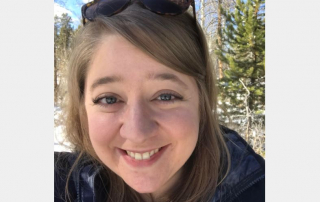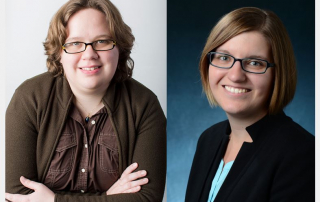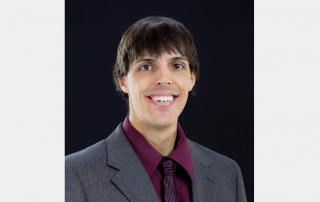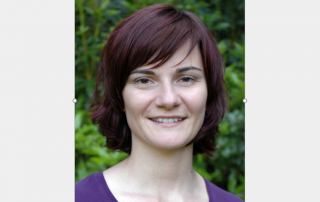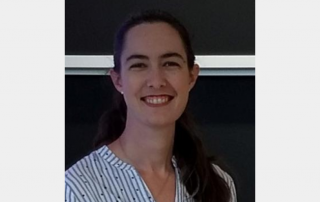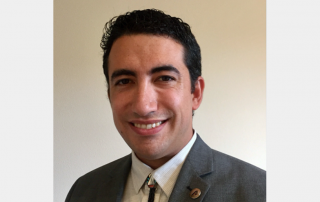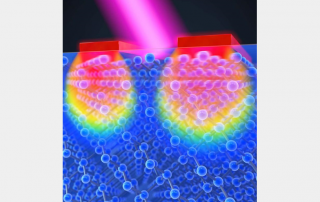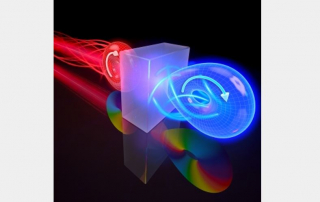Congratulations to Lauren Mason for Receiving a JEDI Award for her Work on the JILA Culture & Climate Project
Congratulations to Lauren Mason for receiving a JEDI Award, which is given to individuals who have demonstrated positive impact on JILA’s culture of inclusivity and diversity whether prolonged exemplary effort, leadership in impactful activities/goals or contributing to the inclusive and diverse culture of JILA in an extraordinary way. Lauren is working with the JEDI facilitator, Gayle Geschwind, JILA Chief of Operations, Beth Kroger, and JILA’s External Consultant, Regan Byrd to better understand JILA’s culture and climate through surveys and focus groups of graduate students, postdoctoral researchers, faculty, and staff. Phase two of the project will begin soon as JILA, in partnership with the JEDI committee, will begin implementing changes to address the needs voiced in the survey and focus groups.
